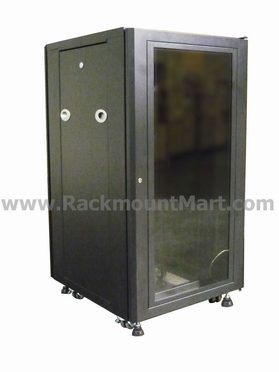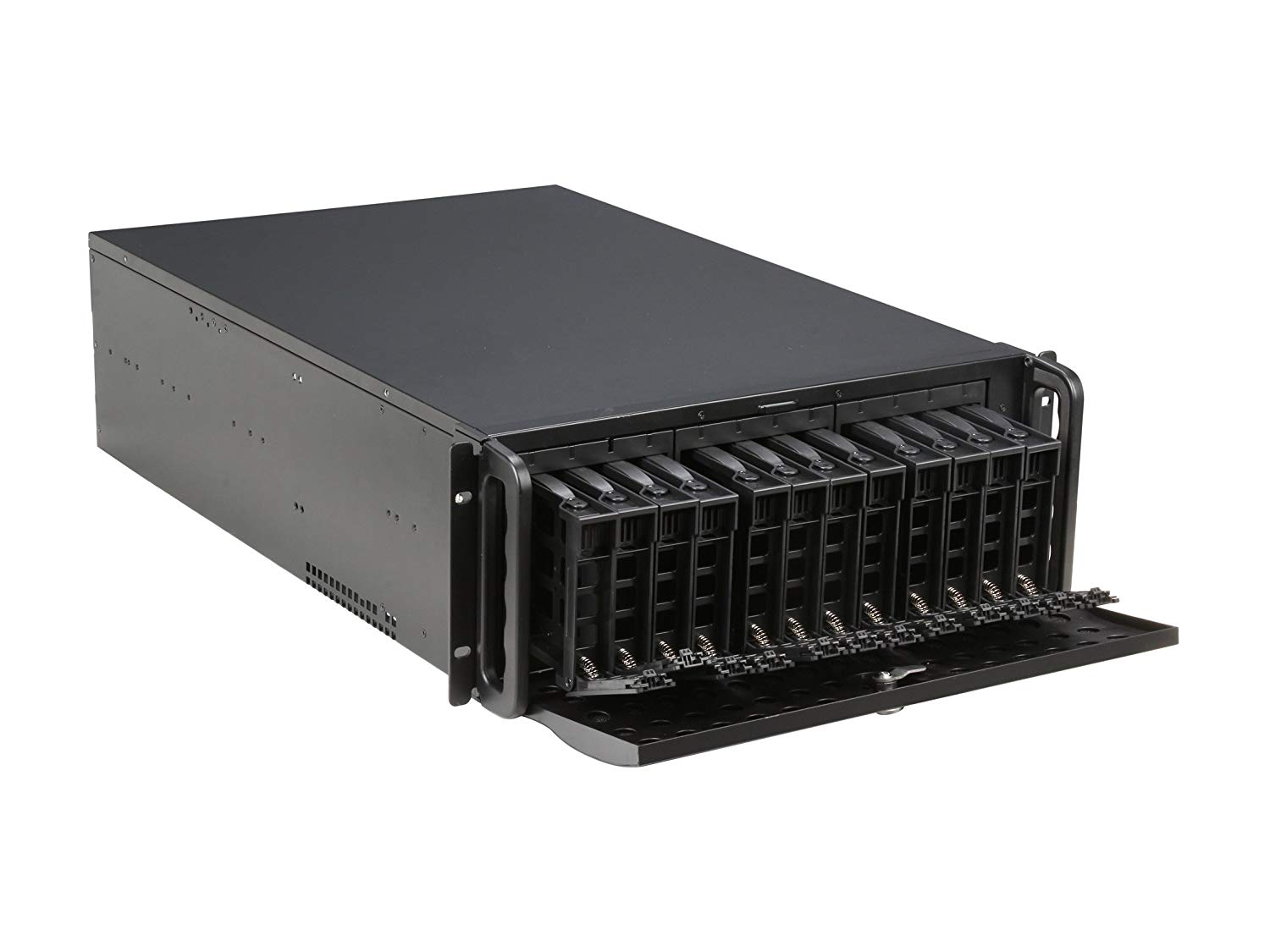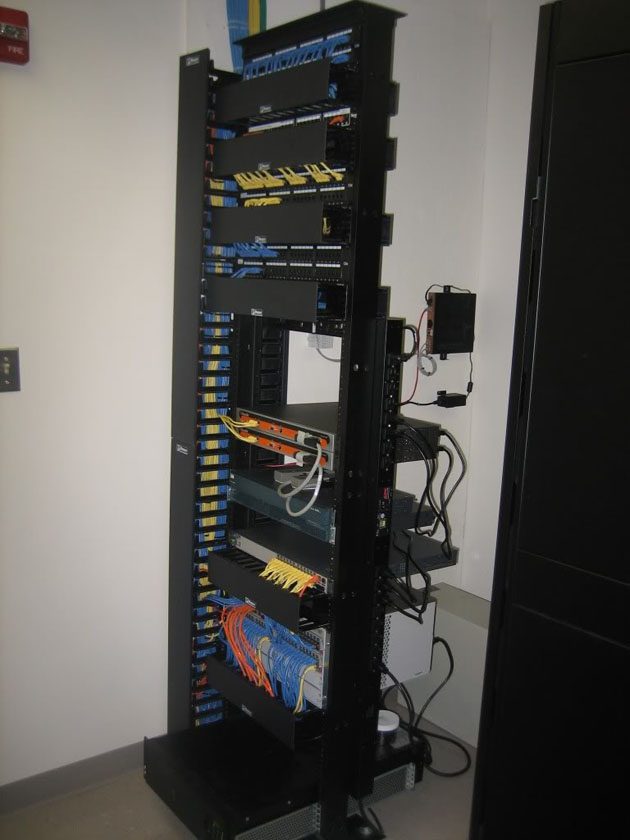Danoff
Premium
- 34,431

- Mile High City
As a best practice you should have a loops worth of slack for the back end connections to the patch panel as a maintenance loop. The wall mounts generally are set up to swing open. You will want to run the ethernet cables for the patch panel, and keep the power cables managed on the side with the hinge.
For a floor mount. If the base is wide, casters might not be bad. If it's a more narrow base, it might not be a good idea. Best practices is to mount the rack to its surface to keep your equipment from tipping. That, of course, also depends on the height of your rack. If it's a short rack, casters again shouldn't be an issue. I have a floor rack is pretty deep. What I do is tuck it into a corner so its away, but getting to the back and front of the rack isn't difficult.
I had seen some of the swing-out wall mounted units, but kinda dismissed them because it looked like you only get 2 posts to mount equipment on with those. After further research, it looks like there are some 4-post swingable racks. I didn't know that existed.
It sounds like you're not a fan of casters. I'll see if I can find a decent size 4-post swing. I counted up a possible 17U worth of equipment, and some of that could expand.





